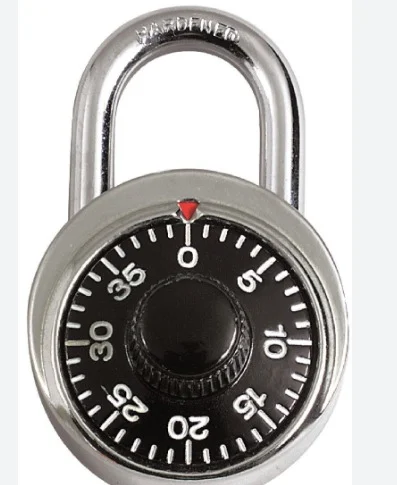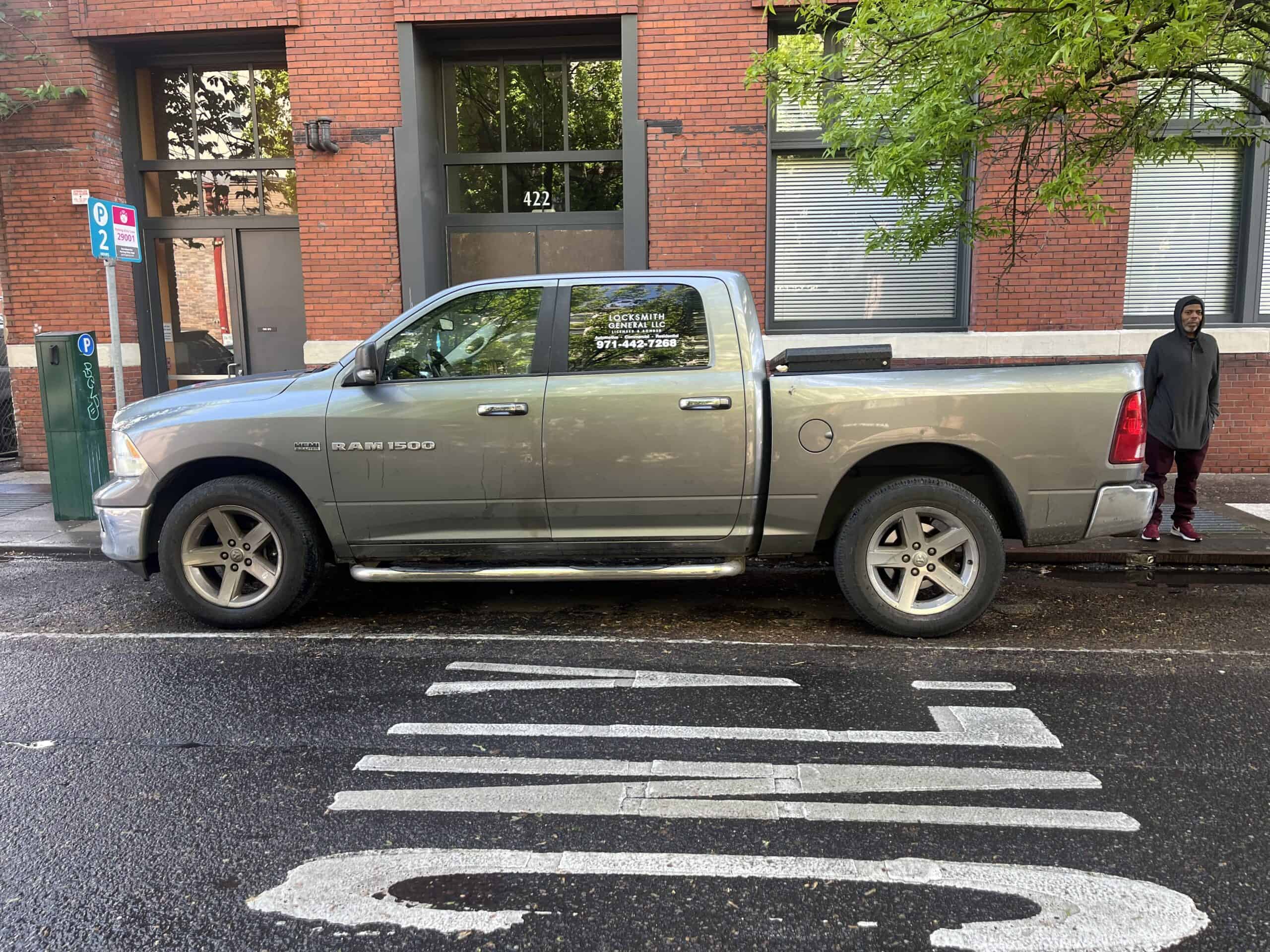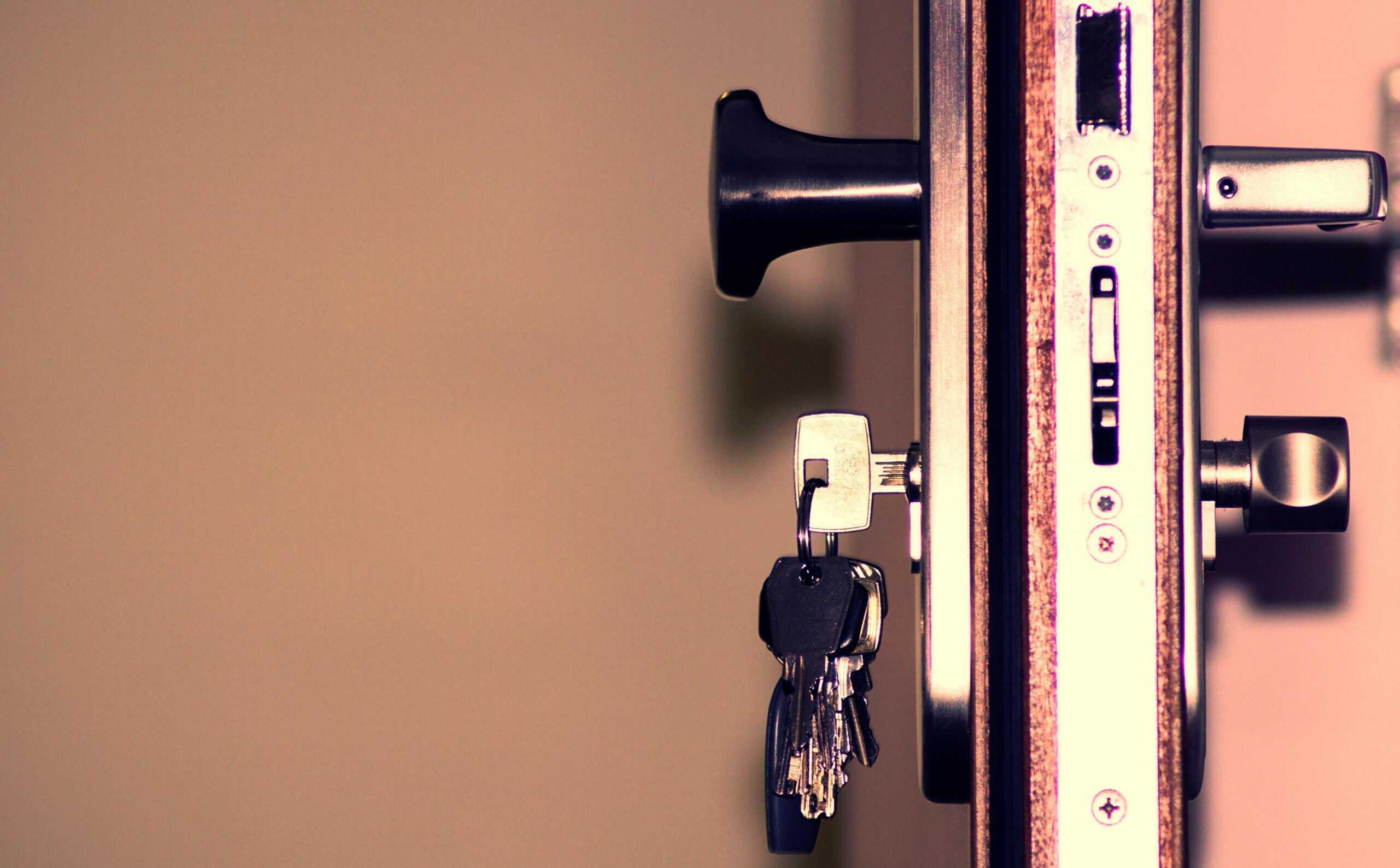Physical keys are used in mechanical locks and serve as tangible objects that operate a locking mechanism. They come in various forms, each designed to address different security needs and functional requirements. Here are some key types:
Flat Keys
These keys are the most common and widely recognized. They are used in many applications, from residential door locks to file cabinets and automobile ignitions. These keys feature a flat, rectangular blade with grooves and ridges corresponding to a lock’s internal pins. When the key is inserted and turned, these grooves push the pins to align with the shear line, allowing the lock to open. Due to their simplicity and effectiveness, flat keys are prevalent in everyday security systems. It’s easy to duplicate them, but modern versions often have added security features to minimize unauthorized copying.
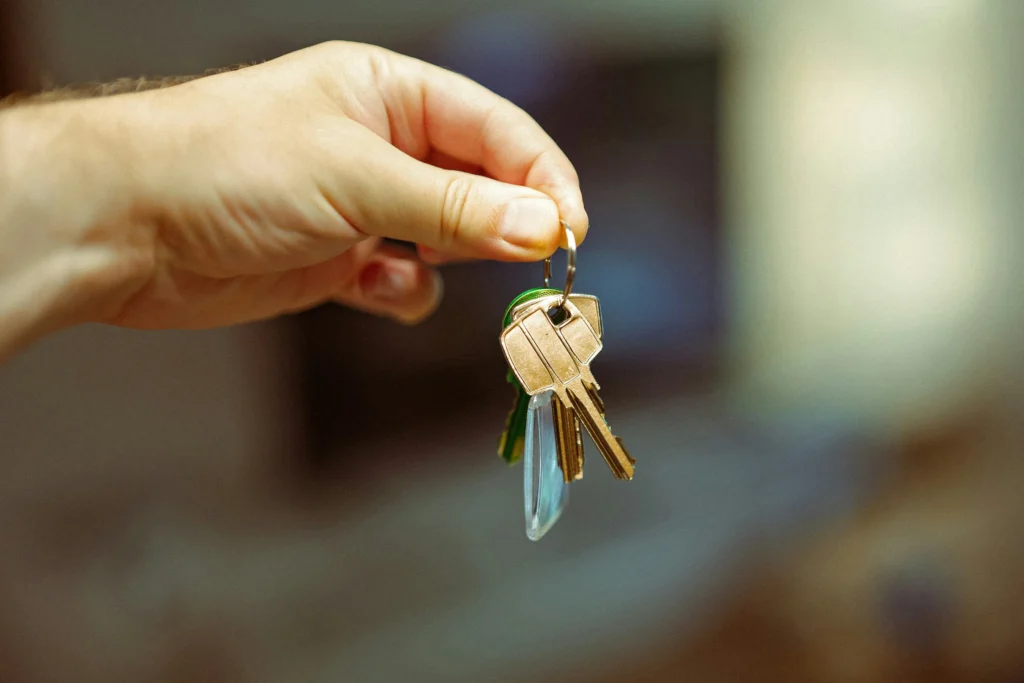
Tubular Keys
Tubular keys, characterized by their round shape, operate through a cylindrical lock mechanism that keys open appliances such as vending machines, bicycle locks, and high-security locks. The design of the key is an edge with a series of notches around the circumference, which align with corresponding pins or discs inside the lock. The cylindrical design of the lock and key provides enhanced resistance to picking and manipulation, making tubular keys a popular choice for securing items, for they have a high level of protection.
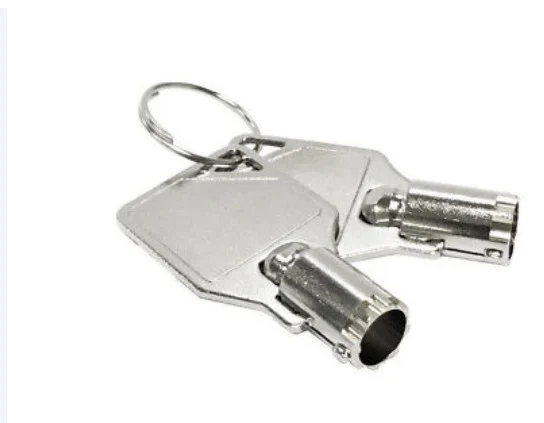
Double-Sided Keys
Double-sided keys are distinguished from other types of keys by their teeth on both sides of the key blade. Their design allows them to open up the lock in either orientation. This design can provide additional security and convenience, as it offers more key combinations and can include a combination with locks that require different keying configurations. Double-sided keys often open doors in residential door locks and padlocks, where their design helps to prevent unauthorized duplication and enhance overall lock security.

Skeleton Keys
Skeleton keys, with their simple, often ornate design, are typically associated with antique or historical locks. They have a basic shape with minimal ridges or cuts, enabling them to open multiple locks with similar internal mechanisms. Skeleton keys were used in various locks throughout history, including those in old buildings and furniture. Although less common in modern applications, they are still appreciated by collectors and those interested in vintage lock mechanisms.
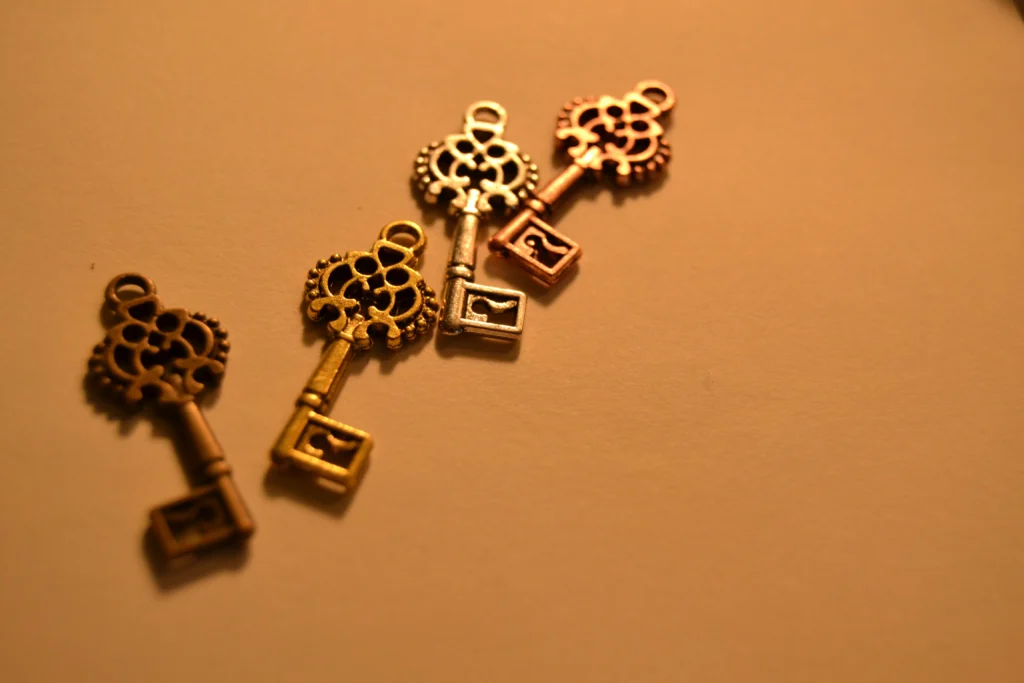
Magnetic Keys
Magnetic keys utilize magnets to interact with the lock mechanism, providing a unique approach to security. These keys often feature embedded magnets that align with magnetic sensors inside the lock. Magnetic keys are used in hotel systems, offering the advantage of being easily reprogrammable. This feature allows hotels to quickly update access permissions for guest rooms, enhancing security and convenience. Magnetic keys are in high-security environments where their resistance to traditional lockpicking methods is beneficial.
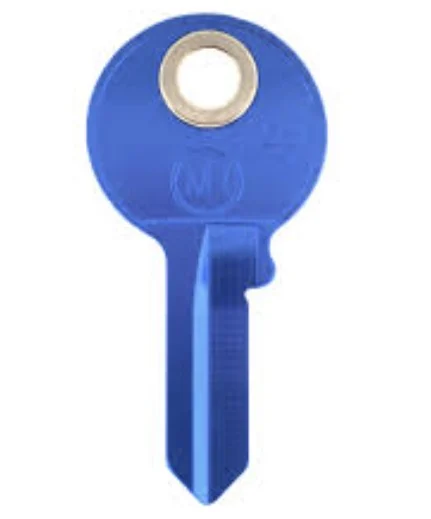
Smart Keys
Smart keys represent the latest advancements in key technology, offering wireless access through electronic communication. Smart keys, often integrated into key fobs or smartphone apps, allow users to unlock doors or start vehicles without physically inserting a key. They rely on technologies such as RFID (Radio-Frequency Identification) or Bluetooth to communicate with the lock system. Smart keys provide a high level of convenience and security and often include encryption and advanced authentication methods to prevent unauthorized access.
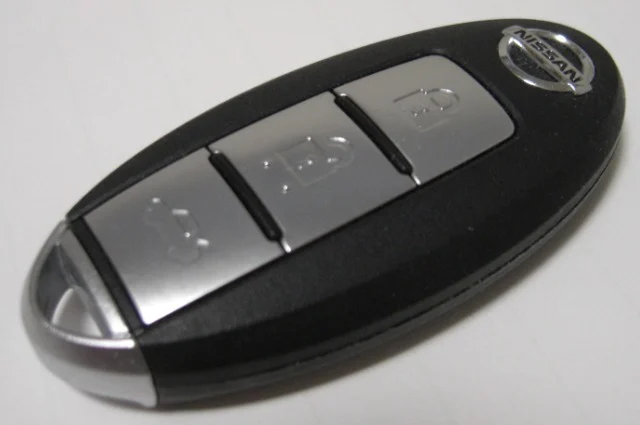
Laser-Cut Key
Also known as sidewinder keys, laser-cut keys are a modern innovation known for their precision and complexity. The cutting process uses a laser to create a unique pattern of cuts on the key blade, which often includes a slight curve to enhance security. This design makes laser-cut keys more resistant to duplication and manipulation than compared with traditional flat keys. They will mostly be used in newer vehicles and high-security applications where added protection is required.
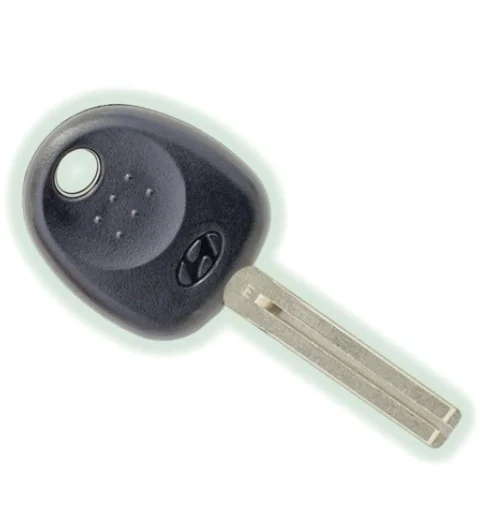
Dimple Keys
Dimple keys feature a distinctive flat surface with dimples or indentations instead of traditional cuts. The key operates by pushing pins inside the lock mechanism to specific heights, aligning them with the shear line, and allowing the lock to turn. Dimple keys are known for their compact design and enhanced security, making them suitable for high-security environments where resistance to manipulation is crucial. Their unique design also makes them difficult to duplicate without specialized equipment.
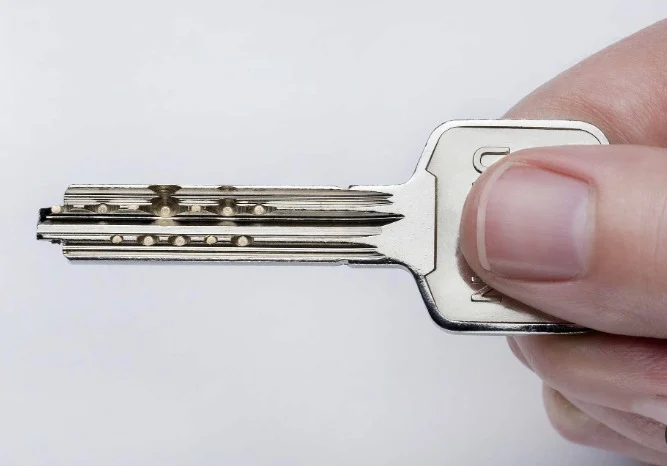
Key Cards
Key cards are a modern alternative to physical keys, often used in environments requiring flexible and secure access control, such as hotels and office buildings. These cards are embedded with magnetic stripes or RFID chips that communicate with card readers to grant or deny access. The ability to easily reprogram key cards makes them ideal for applications where access permissions must be updated frequently. Additionally, key cards eliminate the risk of losing or misplacing physical keys, offering a more streamlined and user-friendly security solution.
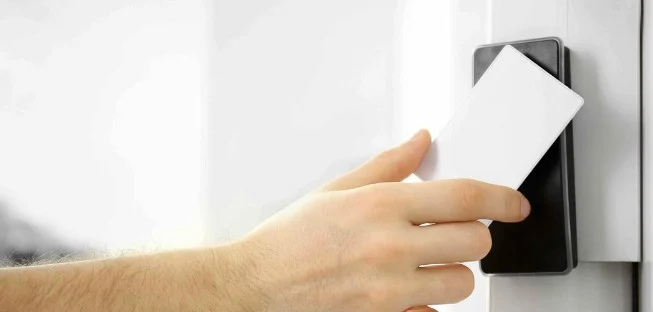
Biometric Keys
Biometric keys represent the forefront of security technology by using unique biological traits to grant access. These systems can employ fingerprint recognition, retina scans, or facial recognition to verify identity. Biometric keys offer an extremely high level of security because they rely on personal characteristics that are virtually impossible to duplicate or forge. They are increasingly used, in sensitive or high-security areas, such as government facilities or research laboratories, where conventional keys might fall short in the protection terms.
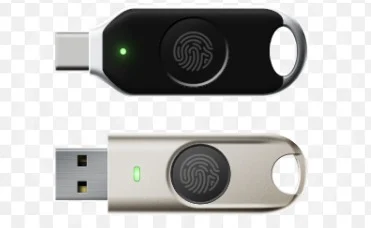
Pin Tumbler Keys
Pin tumbler locks are one of the most commonly used types of locks, and their purpose key’s design is to engage with a pin tumbler mechanism. The key features a series of cuts that open the internal pins within the lock. When the correct key is inserted into the lock, it aligns the pins to the shear line, and the lock turns and opens. Pin tumbler keys are known because they balance security and cost-effectiveness and are widely used in residential and commercial settings. They come in various levels of complexity, from basic to high-security designs.
Switchblade Keys
Switchblade keys combine the convenience of a remote control with the functionality of a traditional key. These keys have a unique design where the key blade is stored inside a protective casing. When the button on the key fob is pressed, the blade flips out, allowing it to be used as a standard key. This design not only offers convenience but also protects the key blade from damage when not in use. Switchblade keys are commonly found in modern vehicles, providing an innovative solution for users seeking functionality and style.
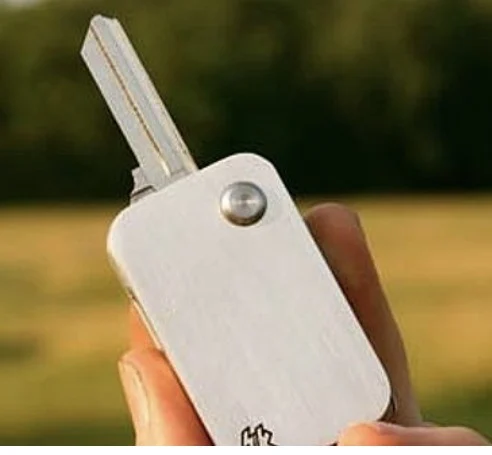
Combination Locks
Unlike traditional keys, combination locks rely on a sequence of numbers or symbols to operate them. Users must input the correct combination, which aligns internal mechanisms to unlock the device. Combination locks come in various forms, including rotary dials and digital keypads. They are frequently used in safes, luggage, and gym lockers due to their ability to provide secure access without needing a physical key. While they eliminate the risk of losing a key, they do require users to remember the combination, which can sometimes be a challenge.
